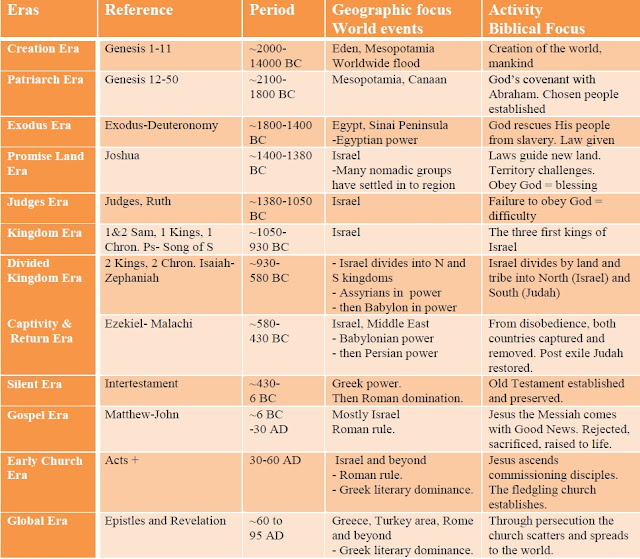The Big Idea: Reading through
the Bible in a year will give you perspective of God at work.
I was probably about eight years old. My father made a reading program before it was in vogue for the church to read the Bible through in a year. Our pastor requested he make bookmarks of his reading plan and pass them around at the New Years Eve service. My father loved the Bible and wanted it to be a relevant part of people’s lives.
Why Should I Read the Whole Thing?
Reading the
whole Bible through helps to see the big picture. We tend to go to our favorite
places but the whole of Scripture is from the Lord.
All Scripture is inspired by God and is useful to teach us what is true and to make us realize what is wrong in our lives. It corrects us when we are wrong and teaches us to do what is right. 2 Timothy 3:16 (NLT)
Have you used
Google Map to find someplace and then decided to click on the satellite view? It
explains a few things like why a road curves (mountain) or why the street dead
ends (river). The bird’s eye view helps us get a better perspective.
So why read
the entire Bible through?
- It gives a clearer view of God and the Bible story.
- It shows God’s bigger plan of Salvation.
- It provides background material for characters referred to in the New Testament.
- It gives fresh insight who God is and His love in a different context.
- It keeps us balanced in our Christian life rather than have our hobby horses.
At Least Try
I’m
embarrassed to admit it has been twenty plus years since I read the Bible through. In 2021 I decided I would. But 2021 has been an intense year health-wise for me. I didn’t start
it till March. I realized I just needed to start and then do the best I can. I am currently in Jeremiah. I tell you this goal adaption because sometimes we quit
and don’t start again. We feel defeated. An amended
plan is still a plan! I am still getting in to God’s Word! I plan to finish reading the Bible in 2022.
Then and Now
When my father created his program in the 1960s, we knew no other plan. Today so many are out there it can be overwhelming. There are a few things you can do to search for a plan.
- One of my favorites is the Bible Project plan. An option is to listen to the audio daily.
- Or check the many plans at Bible.com and choose one (the Bible Project one is there too)
- Follow a plan that your church may be using. Doing it as a group provides great support.
_______________________
Previous post: Shine: The Christ Candle
Note: We have been in the process of going through a Practical Starter Guide of Inductive Bible Study. We will resume this series in January.
____________________
Reflect:
1. Have you ever tried to read the Bible all the way through? Did you make it? If not, what happened and what might help you follow through?
2.
What do you think might be useful in reading the whole Bible?
3.
Take a moment to pray about your time in the Word this year. Ask for God’s help
and His guidance. As Him to help you stick with it even if you fall behind.




































